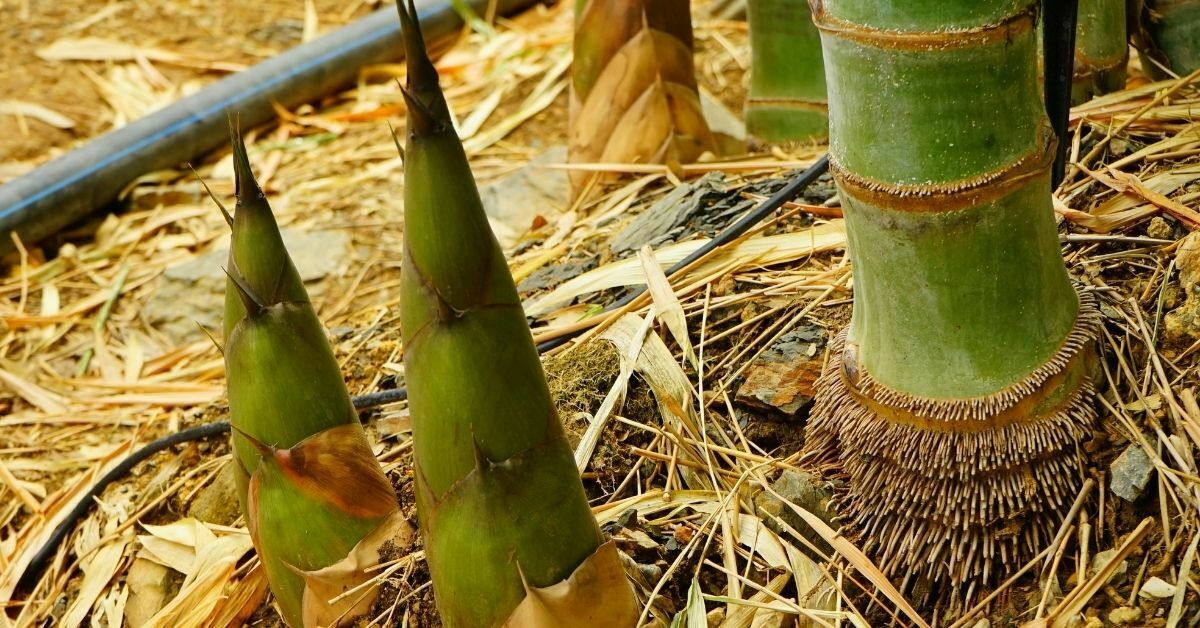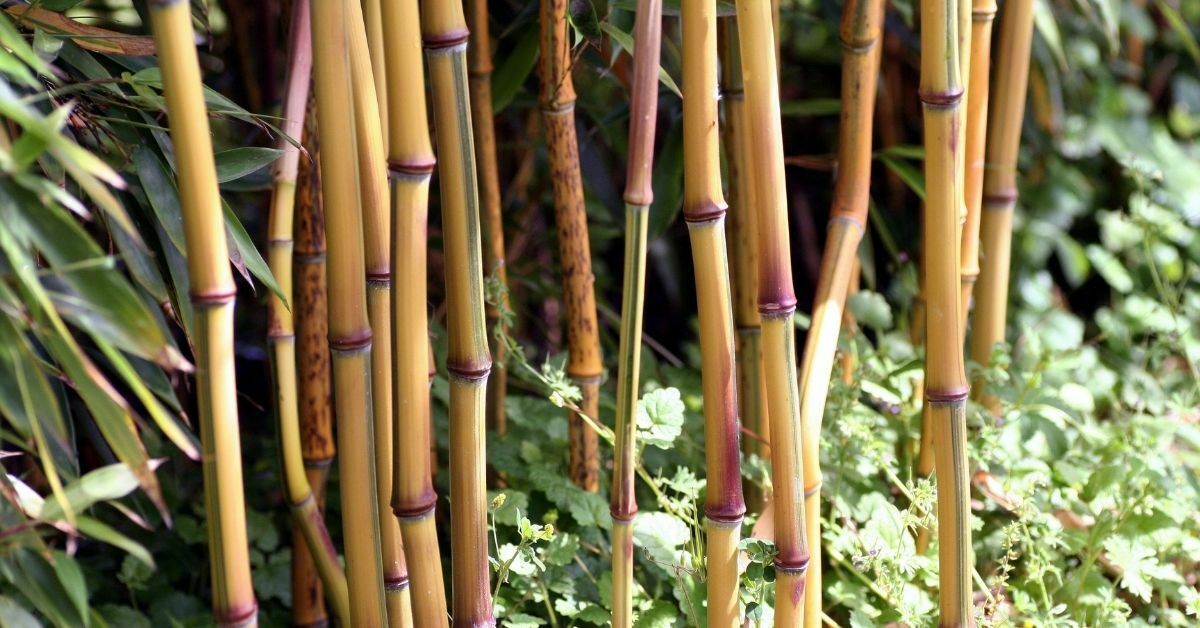While there are easier ways to limit the spread of bamboo, a bamboo barrier is the most long-lasting and low-maintenance means of restraining aggressive bamboo. Here we explain the steps for installing bamboo rhizome barriers and also 2 different methods to remove bamboo.
Installing Bamboo Rhizome Barriers
Determine the area to contain the bamboo. The more space you have, the bigger your bamboo can grow. Those who are just concerned with the vigor of bamboo recommend a 30 ft. diameter for major species. It is, nevertheless, feasible to produce a pretty large, healthy plant on as little as one square yard of earth.
Remove any rhizomes that are outside of the confined area or prepare to destroy them. Because it’s tough to kill well-established bamboo, it’s probably best to remove the rhizomes first.
The rhizome barrier can be chosen and purchased. Bamboo rhizomes have a sharp point while developing, and bamboo may be pretty powerful. Over time, the concrete will break, allowing the bamboo to escape. Metal will corrode through eventually, posing a hazard where it must protrude above the ground.
You might want to read this: 10 Plants Senior People Can Easily Grow and Care in a Small Space

Use a real HDPE (High-Density Polyethylene) barrier with a thickness of at least 40 mils for optimal performance. Some experts recommend simply using a 24-inch wide barrier on heavy clay soil. A 30-foot barrier, on the other hand, is more secure. A 36-inch wide barrier may be necessary for regions where the soil is sandy and loose.
Dig a trench 2 inches deeper than the width of your rhizome barrier all the way around the area to be confined.
Compact the trench’s bottom as much as possible. Keep the topsoil you pulled out from re-entering the ground. If a rhizome ever gets it down that deep, you want it to be hard, uninviting clay.
In the ditch, place the barrier. Place it where you want it and try to tilt it away from the confined space. The barrier should guide up any rhizome that comes into contact with the barrier in the future. You don’t want the rhizome to go down since it might cause a rhizome to escape beneath the barrier, even if it’s good and deep.

Glue the barrier’s ends together. Either utilize steel closure strips with a less than 3-inch overlap or overlap the ends by at least four feet and use double-sided tape to seal the overlap at both ends. Bamboo may escape via even the tiniest cracks, so be sure the seal is tight.
You might want to read this: Growing Great Lavenders – A Lavender Ebook That You Wouldn’t Want To Miss
Fill in the area surrounding the barrier. Maintain an outward-facing barrier. The bottom part of the fill should be packed as firmly as feasible. Allow the upper half to hang free.
The setup is now complete.
Your bamboo shouldn’t be able to dig its way out of the earth. It will shoot rhizomes over the 2-inch height above-ground portion of the barrier at some point. However, with a simple check once or twice a year, they are readily recognized and removed.
Keep the topsoil and subsoil separate for the most outstanding results when excavating the trench. When filling it back in, use the subsoil for the bottom half of the trench and the topsoil for the top half. Because the subsoil’s poor nutrient content is unappealing to rhizomes, this will make them less likely to move down.
Within the barrier, add 2 inches of mulch all around. This is not only beneficial to bamboo, but it also encourages the plant to retain its rhizomes close to the surface.

Be mindful that if bamboo is planted in poor soil, it might grow aggressive. Instead of weakening the plant and preventing it from traveling far, it forces it to use all of its energy to send out long or deep rhizomes in search of better environments. To make your bamboo less aggressive about coming out, fertilize, mulch, and water it.
Bamboo Removal
Method 1:
- Cut each culm to within 150 mm (6″) of the ground and apply herbicide over the cut surface with one brush stroke within 15 seconds.
- There are a few things to bear in mind. a. It’s all about the timing. When the culm is severed, the sap running through the plant withdraws downwards.
- Your objective is to swiftly paint the herbicide over the sliced surface, allowing the sap to flow down into the rhizome (underground stem).
The best glyphosate is Roundup or comparable glyphosate. We recommend using the maximum dose recommended on the product label.

Method 2:
You’ll need a Roundup campaign… many treatments, followed by a strengthened version. First and foremost, purchase the concentrate to be mixed with water. 22-0-0 ammonium sulfate fertilizer is also available. A little bag will most likely be enough; alternatively, a large bag may be put to better use elsewhere, such as on the lawn.
Warm water, but not too hot… start stirring and gradually add the fertilizer. Add the Roundup concentrate until the solution can no longer receive any more fertilizer, indicating that it is saturated. This should be sprayed on. If the boo is mixed in with the lawn, sacrifice the lawn; it can be readily replanted after the boo is gone.
When you’re done, thoroughly clean the sprayer, ensuring not to rinse on any plants. Repeat this process every two weeks. (Unfortunately) In the meantime, keep watering the boo to help it develop (and therefore transport the poison through its system). Every stupid millimeter of the things above and below ground must be eliminated. It will take a year to complete.


